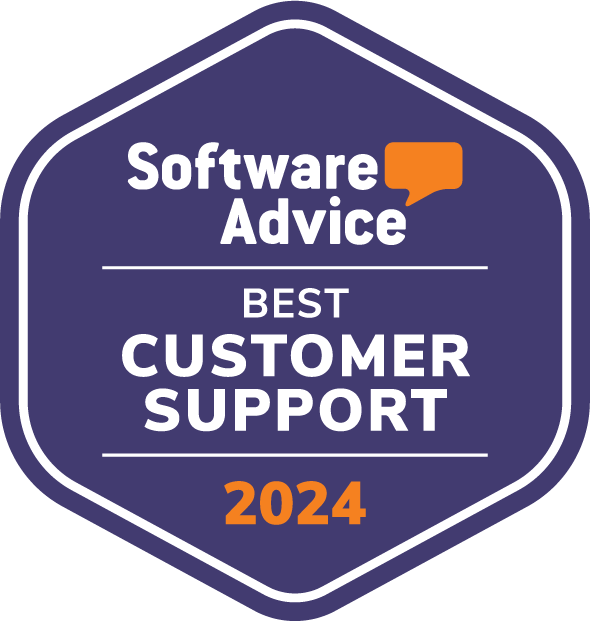In today’s dynamic retail landscape, pricing is no longer just a financial decision—it’s a strategic function that drives business growth, customer engagement, and profitability. Our recent webinar, Demystifying AI-Powered Pricing Management, explored the evolving challenges of pricing and how AI can help businesses stay competitive. Here are the key takeaways from the session, hosted by UST’s Maayan Shahar and featuring insights from John Taylor (Retail Leader, UK, UST), Dr. Fabian Uhrich (CPO, Quicklizard), and Sriharsha Udupi (Lead Enterprise Architect, UK, UST).
What are retail’s biggest challenges?
With profitability under pressure, pricing has become a top priority in boardrooms, serving as both a profitability lever and a growth driver. Some of the most pressing challenges in the industry today include: rising supply chain costs and the need for greater visibility, optimizing retail space through strategic partnerships, automation in distribution and fulfillment, international expansion complexities, and the shift to omnichannel retailing and hyper-personalization.
Companies leveraging AI-powered pricing strategies have seen revenue increases of up to 8%, profit improvements of up to 5%, and a 3x boost in productivity.
What’s the current pricing maturity of the market?
The Gartner Pricing Maturity Model, which classifies organizations into five stages—from manual pricing to fully AI-driven optimization. Most retailers today are stuck at stage 3, while DTC brands tend to lag even further behind at stage 2. This means many companies are still missing out on the power of machine learning and automation.
How can AI optimize pricing across key dimensions?
Pricing impacts three key dimensions: cost, value, and market competition. Effective pricing must cover all expenses—including production and supply chain costs—and reflect the product’s perceived value and associated services while accounting for competitive pricing strategies.AI-driven pricing solutions can optimize all three simultaneously. Some key modules include:
Article segmentation: Identifying which roles an item plays for the customer
Competitor sensitivity analysis: Identify the relevant set of competitors your customers take into consideration, and the potential game-theoretical competitive reaction.
Price elasticity modeling: Understanding SKU-level price sensitivity.
Forecasting & simulation: Predicting sales outcomes based on pricing changes.
Inventory management & clearance automation: Preventing overstock and anticipating out-of-stock.
How does AI-powered pricing work in action?
A case study with Sephora UK illustrated how AI segmentation and competitor sensitivity analysis generated remarkable results: a 25% increase in profit within the test group alongside a 20-hour weekly reduction in manual pricing efforts. AI-powered pricing provided a more strategic approach to competitive pricing, eliminating unnecessary margin cuts.
How can you overcome implementation concerns?
Many retailers hesitate to adopt AI-driven pricing due to concerns about complexity, data readiness, and transformation efforts. However, our experts debunked these myths: Pricing is a journey!
Businesses typically start seeing benefits within 12-16 weeks of implementation. AI pricing solutions can also be tailored to physical store constraints, ensuring alignment with printed price tags and other operational requirements. The principles of AI-driven pricing apply across various industries, with frequency and approach adapted to each category. AI pricing adoption does not require a major overhaul—companies can start small, prove value in a single category, and scale over time.
What about technical considerations in AI pricing?
The perfect data infrastructure is not required to get started. Instead, businesses should use an API-led approach to integrate pricing intelligence with operational systems. Begin with small, iterative implementations rather than waiting for a fully mature data lake. Businesses can leverage AI’s scalability—modern pricing engines are designed to efficiently handle large SKU volumes and multi-store networks.
Security and privacy concerns are also a priority. AI-powered pricing solutions can be deployed in cloud-based or on-premise environments, ensuring compliance with GDPR and data residency regulations.
Should retailers develop their own AI pricing solution?
Some companies are exploring the option of building their own AI pricing tools and leveraging LLMs like ChatGPT, Gemini, or OpenAI. However, purchasing a purpose-built solution is often the better choice, given the specialized expertise and continuous improvements these platforms offer.
AI-powered pricing solutions developed specifically for retail have been refined over years of data-driven insights and specialized modeling. Unlike generic AI models, dedicated pricing platforms are continuously optimized with real-world retail data and proven strategies, ensuring superior accuracy and performance.
How can you get started with AI-powered pricing?
The most important step is just getting started. Dr. Fabian Uhrich compares pricing transformation to “permanent prototyping” rather than waiting for a perfect solution. Businesses can reach out to UST Spark and Quicklizard for a consultation.
Another useful tool is the Pricing Maturity Questionnaire, which provides a personalized assessment of current pricing capabilities and areas for improvement.
Key takeaways
AI-powered pricing management is no longer a futuristic concept—it’s a critical tool for retail success today. Companies that embrace AI-driven pricing enhance profitability, reduce manual efforts, and gain a competitive edge in an increasingly dynamic market.
If you’re ready to take the next step, schedule a personalized consultation and start optimizing your strategy today.
Thank you to our expert panel-John Taylor, Dr. Fabian Uhrich, and Sriharsha Udupi-for sharing their insights. Stay tuned for more discussions on how AI is shaping the future of retail.
To learn more, watch the full webinar Demystifying AI-Powered Pricing Management









